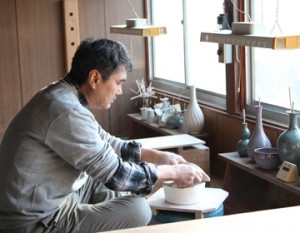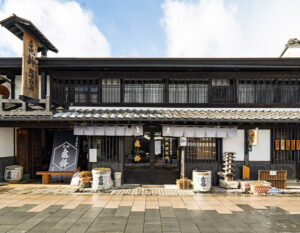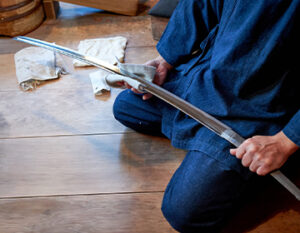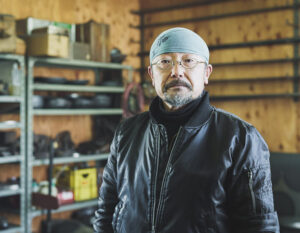From a house on a hill overlooking the rolling plains of Tateshina Town in central Nagano Prefecture, the sound of hammering iron echoes. Peering into the dark room where the sound can be heard, one is confronted with a fantastic and majestic scene of red sparks flying and scattering as the hammer strikes chunks of iron covered with baked rice and clay. This is the swordsmith shop of Miyairi Norihiro, a swordsmith who has won numerous prestigious awards, including the highest award in the sword field, the Masamune Award, the Prince Takamatsu Award, the Commissioner of the Agency for Cultural Affairs Award, the Kurosan Award, and the President of the All Japan Sword Artisans Association Award, and in 2011 was certified as an intangible cultural asset holder by the Nagano Prefecture. Perhaps because Mr. Miyairi grew up in an environment where his uncle is a living national treasure, Shohei Miyairi, and his younger brother, Seihei, is also a swordsmith, he naturally turned to sword making after graduating from college.
The Birth of Sword Artist Houhiro Miyairi
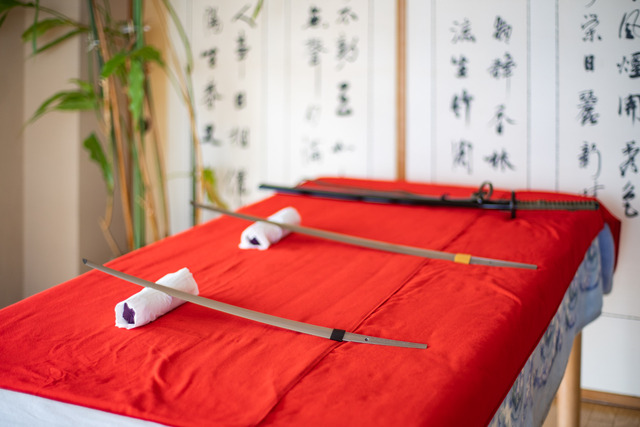
Sword making is not a profession that many people are familiar with, but how in the world does one become a swordsmith? The first step in becoming a swordsmith, according to some, is to pass a certification like a quasi-national exam to assess one’s skills and knowledge, which is approved by the Agency for Cultural Affairs. Of course, it is not something you can just think of and get certified right away. It is a requirement that one must train under the same master for at least five years. Mr. Miyairi studied under Mr. Masamine Sumiya, who has a swordsmith shop in Matto (now Hakusan City), Ishikawa Prefecture. Mr. Sumiya is also certified as a living national treasure.

Mr. Miyairi was inspired to study under Mr. Sumitani during an encounter with Mr. Sumitani when he visited the Hokuriku region on a university study tour. When he was shown Mr. Sumitani’s work, he was surprised by his creative spirit, which led him to try his hand at making sheaths and other items that would normally be made by a division of labor by specialized craftsmen. He was also fascinated by the way Mr. Sumitani listens to his apprentices and the people around him. As a member of a family of swordsmiths, he grew up in an environment where there were always about three apprentices training at any given time, and he saw a new view that he had not seen from Mr. Miyairi, who had witnessed the feudal apprenticeship system. The title he used on his business card was not “swordsmith” or “sword smith,” but “sword artist. When we asked him why, he replied, “We cannot reach the world we are aiming for simply by following the techniques of the past. More creative techniques are needed. When we consider its development, we need the qualities of an artist who creates works of art. Hence, I write ‘sword artist.'” Impressed by Mr. Sumitani’s strong awareness as an artist, he volunteered to become his apprentice. He trained under Mr. Sumitani for five years and followed the style called “Sumitani Choji,” which was his master’s specialty.
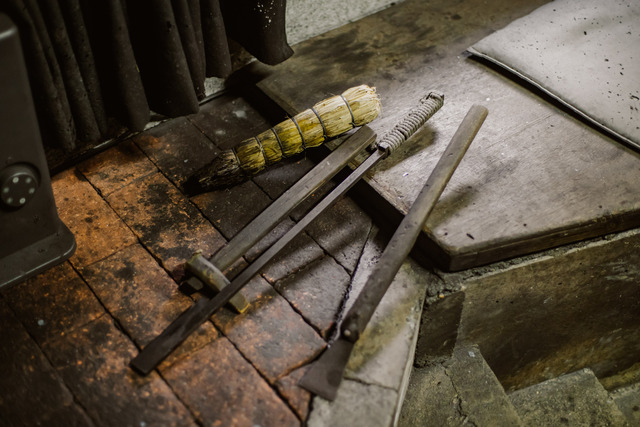
It is said that meeting a good master and learning good techniques are very important during this period of training. In fact, Mr. Miyairi was able to find the direction of his sword making by living and eating with Mr. Sumiya. This live-in apprenticeship was called the “apprentice system” in the past and was indispensable for the transmission of skills, but over time this system was abolished, and the style of training changed to one where the apprentice went to a master rather than live-in. However, over time, this system was abolished, and the apprentice system was changed to one where the apprentice goes to a master for training rather than lives in the workshop.
However, he says that it is important to watch and learn the rhythm, movements, and every move of the master up close, because it is said that swordsmithing is the art of making a good sword by always thinking ahead and working with a clear vision. Therefore, it is important to watch and learn the rhythm, gestures, and every move of the master up close. Therefore, Mr. Miyairi believes that if this flow is removed from the apprenticeship, it will take twice as long to learn the techniques. However, even if the apprenticeship system is changed, the rule of “at least five years” remains the same, so there is no way to stop the decline in skills. That is why Mr. Miyairi does not allow his apprentices to graduate until they feel they have grown to a level they are satisfied with, even if it takes more than five years.
In Pursuit of the Ideal Sword
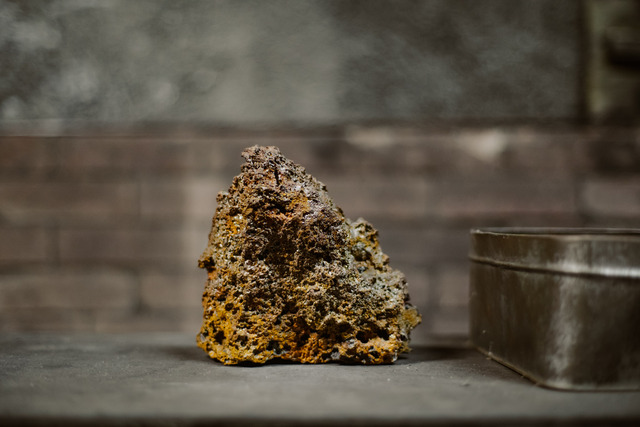
This is how the art of swordsmithing has been handed down from generation to generation. The standard for evaluating their skills is how closely they can reproduce the appearance of old swords. It is important to be able to express the shape of the sword in accordance with the old techniques of the time when swords were a part of everyday life, rather than suddenly having innovative designs evaluated like modern art. In the industry, swords from the Kamakura period are said to be the best. However, swords made of tama-hagane, the most popular base iron, were not made during this period, and it is not clear what kind of base iron was used. In order to reproduce swords from this period, we must first imagine the composition and refining method of base iron, which is said to be the most important factor in sword making. Since this was a long time ago, with very little remaining in the literature, it is quite possible that there are techniques that have not been passed down to the present day. However, Mr. Miyairi says that exploring these techniques is the romance of being a swordsmith, and he is not particular about which school of swordsmith he uses. His father, Seihei, followed “Soshuden,” one of the five major swordsmith schools, but Miyairi did not inherit it.
He thought that by learning the techniques and philosophies of various schools, he would be able to see the unique qualities of each and clarify the answers he was aiming for.
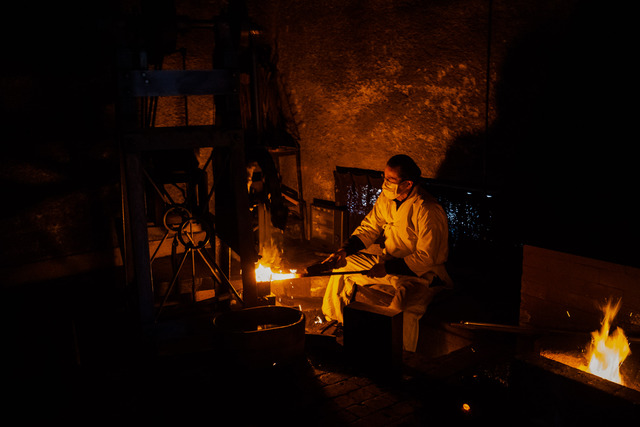
Of course, in order to learn techniques quickly, it may be important to pursue only one school. However, there are some things that become clearer by taking the long way around and learning many things. Mr. Miyairi, who has been designated an intangible cultural asset by Nagano Prefecture, is next looking toward the restoration of the base iron used to make good old-fashioned swords.
His endless inquisitiveness will greatly expand his possibilities, and one day he may even create masterpieces that surpass the work of the masters active in the Kamakura period (1185-1333).
